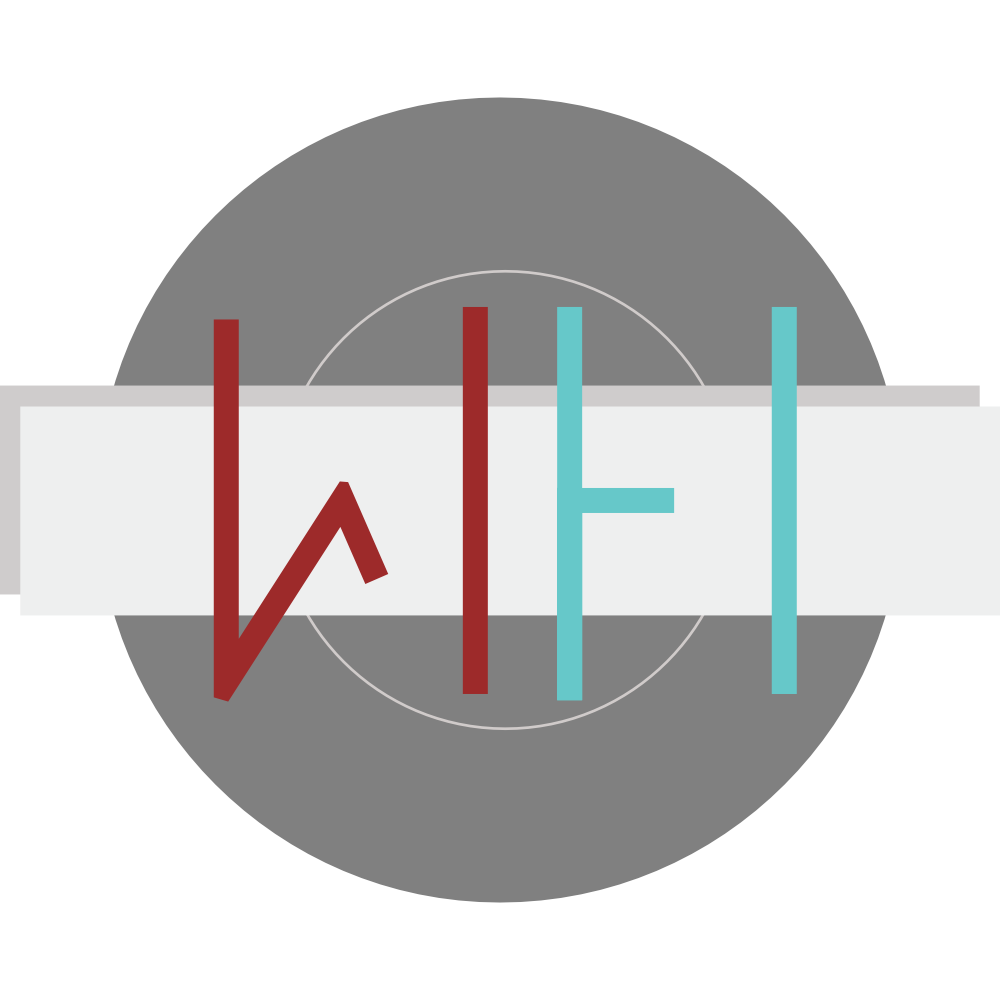Team Fortress 2 The Board Game
Rulebook
This project involved making a board game that "represents the Team Fortress 2 Experience." The assignment was left somewhat open-ended, with an accurate representation being the only requirement.
To begin with, the very first thing I wanted to do was to not use a grid-based movement system. I've played plenty of D&D in my day, and I know that with grids, corners and curves can get a little bit weird, not to mention diagonal movement or diagonal targeting. To that end, I decided on creating a free form movement system similar to the way that players move units in the Warhammer 40k tabletop game.
Instead of using tape measures and a bunch of dedicated peripherals, I decided to use what I had learned from my various experiences with card games to try an take full advantage of a characteristic that all cards have: edges and faces. The face of each card contains information about how each unit works—namely its special abilities and attacks. The edges of the cards act as rulers for the unit the card represents. Each unit can move different distances based on the movement bars on each card, as well as have different attack ranges also easily measured with their cards.
To me, Team Fortress 2 wouldn't feel like the "Team Fortress Experience" if the movement did not feel correct, and being confined to a grid's limitations took away the free-moving, chaotic nature of the game that players enjoy so much. After getting my free form movement system established, making the rest of the units feel like the classes in the actual game was relatively simple.
I decided that each class being able to do absolutely everything they can in the actual game would be too much. I chose five classes to be present in my board game version, and to make sure they translated well onto the table I reduced what "made" each class unique.
The Scout has the most mobility of any class, but relatively low health. It is the only unit that can employ "hit and run" tactics.
The Pyro has a damage over time affect as well as having innate "area of effect" influence due to it's sweeping range.
The Heavy moves slower than any other class, but has the firepower and area denial (due to the hailstorm of bullets) to make up for it.
The Soldier can rocket jump, as well as utilize splash damage with his rockets to take out enemies.
The Sniper has the longest range of any unit in the game. Because of the free form movement, I was even able to give the Sniper "line of sight" targeting that would not have been as possible with a purely grid based gamespace. The board has lots of organic nooks and crannies that players carefully moved about in order to avoid line of sight with the sniper. There were even players getting in "sniper duels" with each other, having their snipers try and poke their head out and take out the opposing sniper hiding across the map.
I also intentionally used a dismantled white board as the game board. I took advantage of it's magnetic properties to make sure each unit's piece did not slide around by accident when players were measuring out their movements or attacks.
All in all, coming up with designs based on an already very mechanically established game was quite a challenge.

